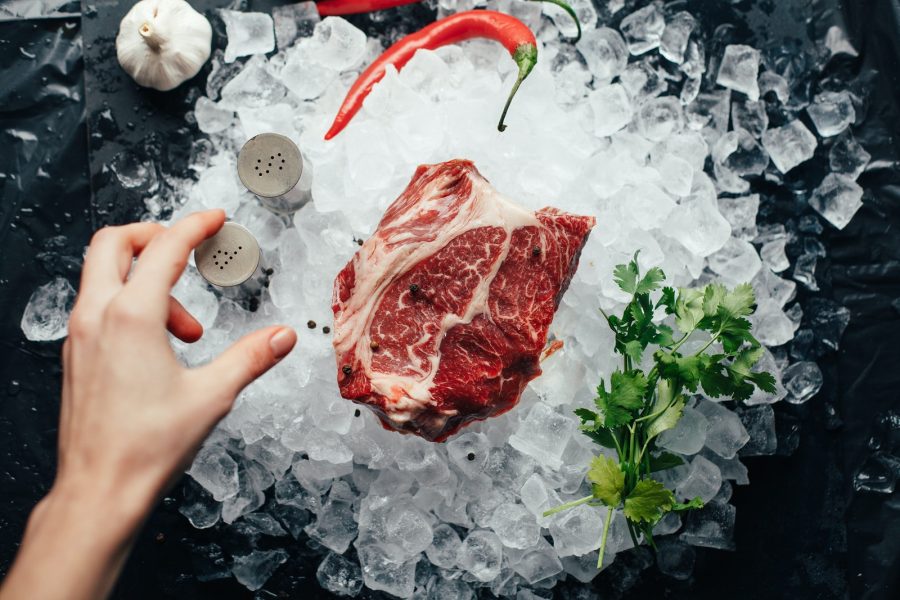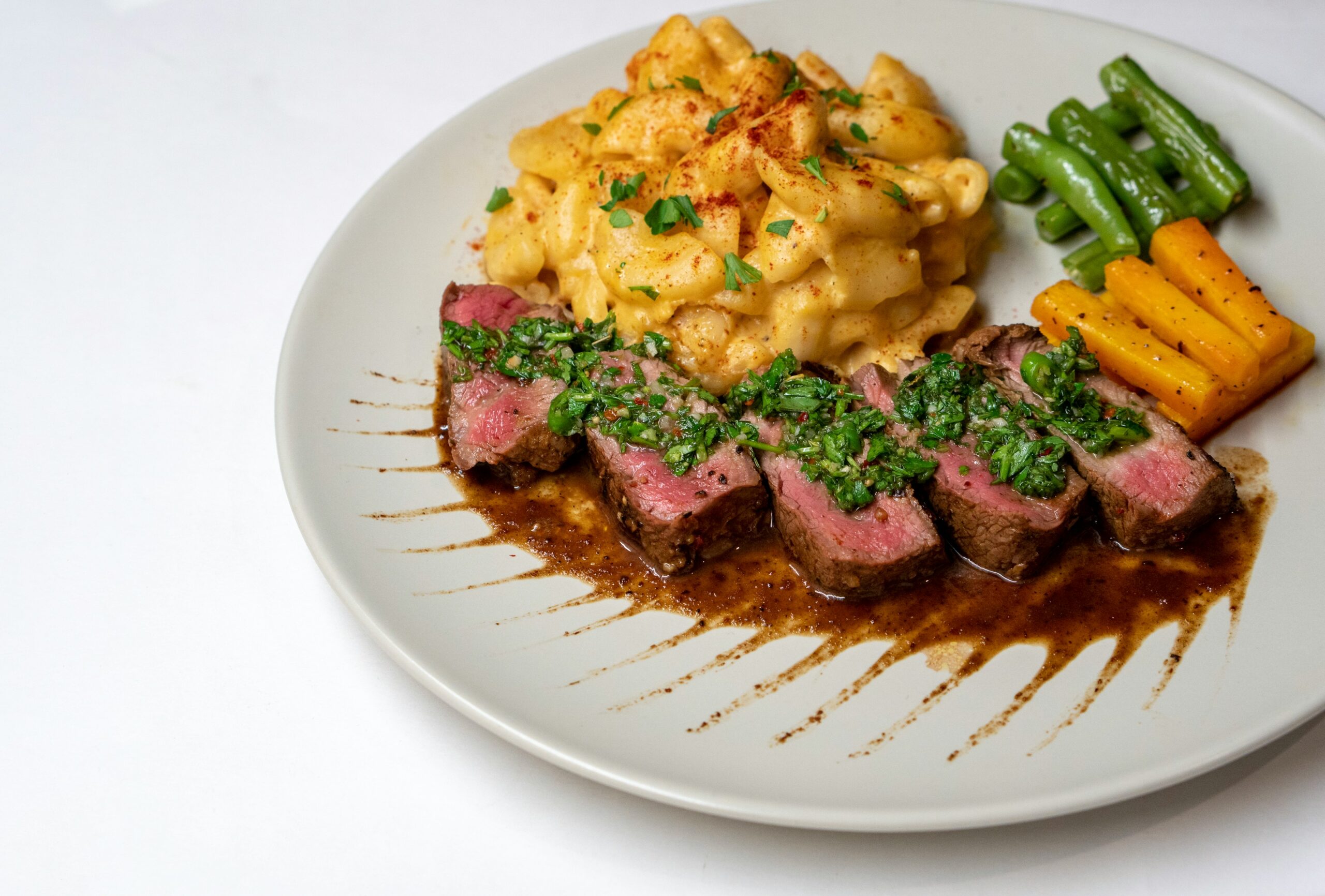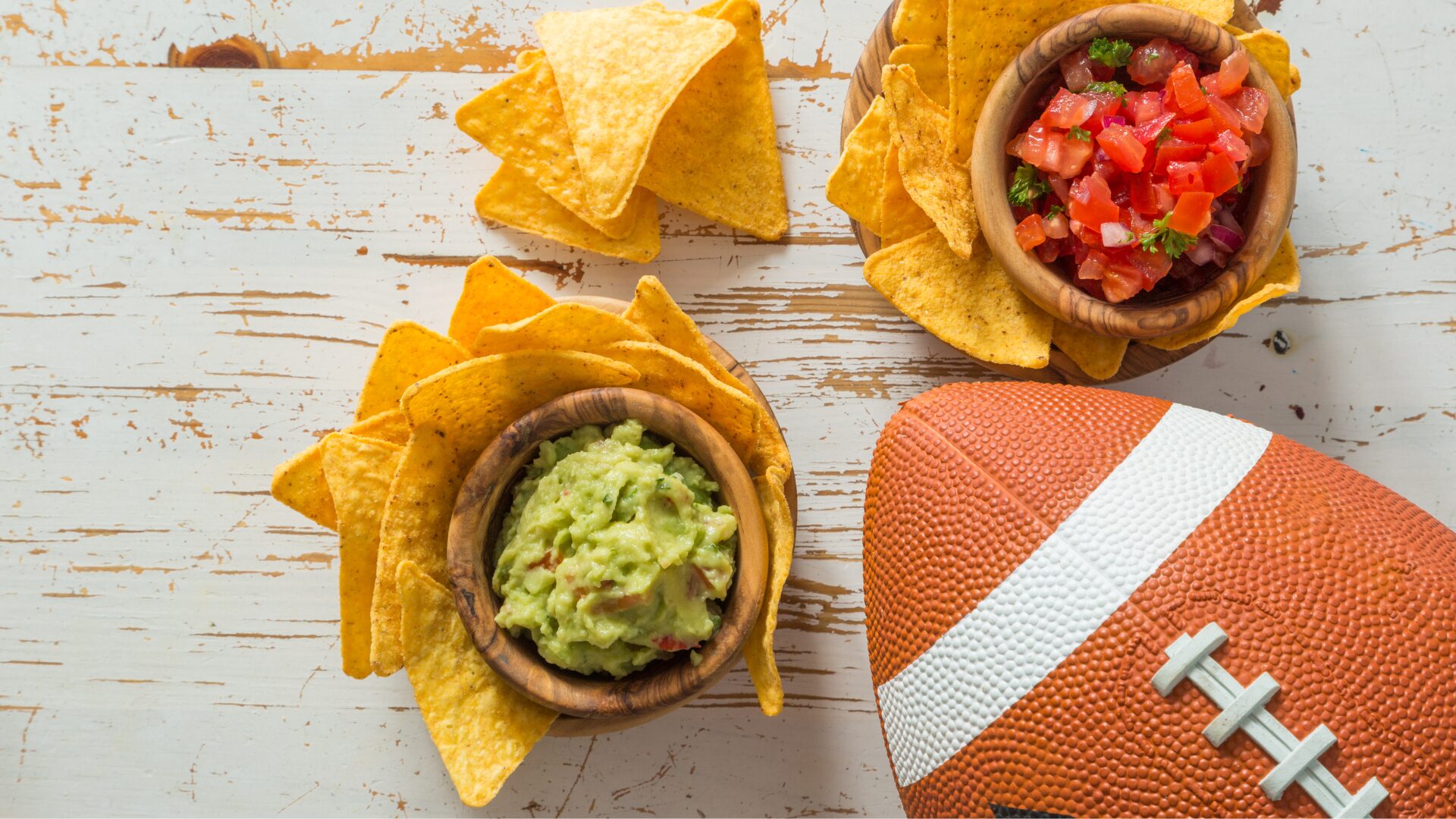Wagyu beef, which first gained popularity in Japan due to its tenderness, is gaining traction globally.
“Wagyu is one of the fastest-growing food trends,” Daniel Levine, director at Avant Guide Institute, told The Food Institute. “Wagyu is having its moment – it’s becoming trendy, like ancient grains and poke bowls; self-described foodies are always looking for the next big thing.”
A recent report by Technavio Research indicates the wagyu beef market value is set to grow by $2.4 billion, progressing at a CAGR of 6.15% through 2025.
WHY IT’S REVERED
Wagyu beef is widely prized because it’s highly marbled, with visible layers of intramuscular fat. The higher the marbling score, the more tender and juicy meat tends to be, and 100% full-blood Wagyu cattle is believed to have the highest marble levels of any beef in the world, according to ribsandburgers.com.
The world’s growing middle classes are becoming increasingly sophisticated in their food choices, which has only boosted the wagyu market said Levine, a trends expert and keynote speaker whose company studies consumer habits.
In other words, “the popularity of wagyu will continue to grow in the next few years, due to a powerful one-two punch of rising palates and fatter wallets,” he said.
GROWING LIST OF VARIETIES AVAILABLE
The Japanese government is promoting wagyu production as hard as ever these days, issuing support payments to wagyu beef cattle producers under the Beef Livestock Stabilization Program, Technavio noted.
But wagyu is now produced in locales like America and Australia, too. And that has resulted in a wide array of offerings.
While a 1-pound, A5 wagyu New York Strip steak costs around $100, for example, American grocers like Hy-Vee also now sell $9.99 a pound wagyu ground beef. Food scientists at Osaka University are also developing 3D-printed wagyu steaks. Technavio noted that premium Japanese wagyu products, such as Kobe beef, are especially popular among Michelin Star and fine-dining restaurants around the globe.
“The fad-following lemmings, who comprise the majority of the market, won’t know the difference and won’t care,” Levine said of the growing list of wagyu varieties. “However, there will be a growing minority who will revel in knowing a lot about its quality and production. For an analogue, think wine or cheese, or olive oil: you can buy a cheapish liter of olive oil. … Or, you can buy pricier bottles of single-origin oils with their own terroir and flavor profiles. The same is now happening with wagyu.”












